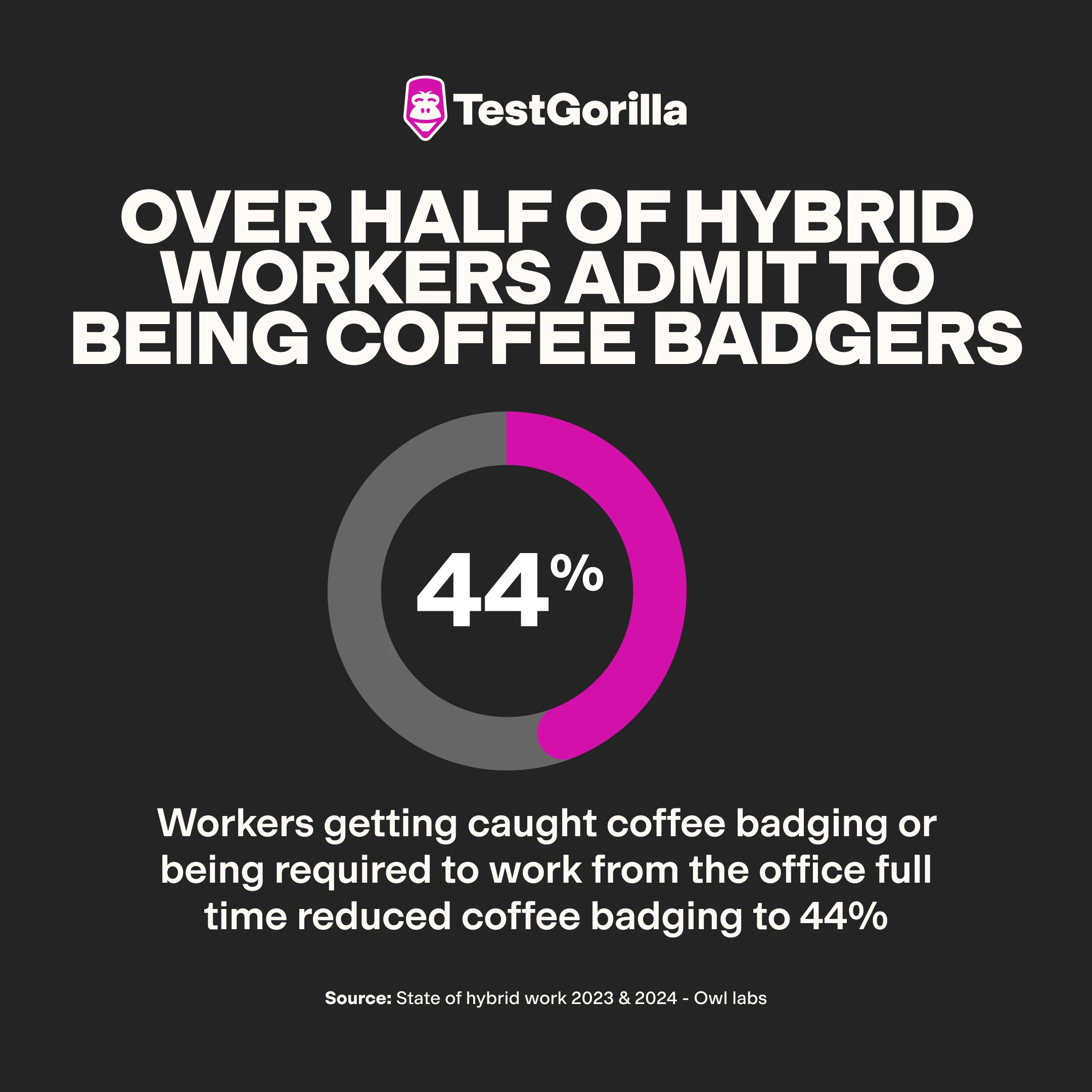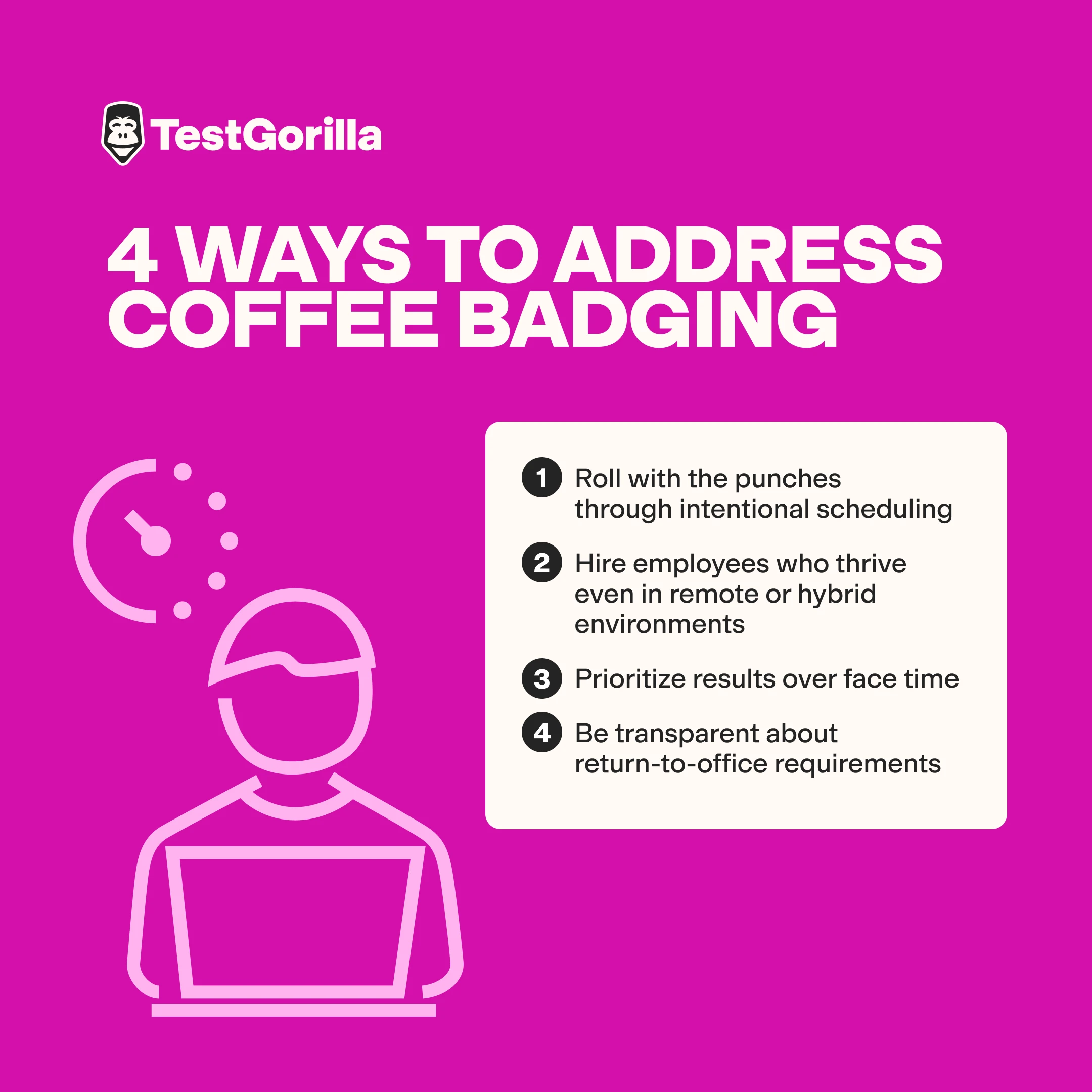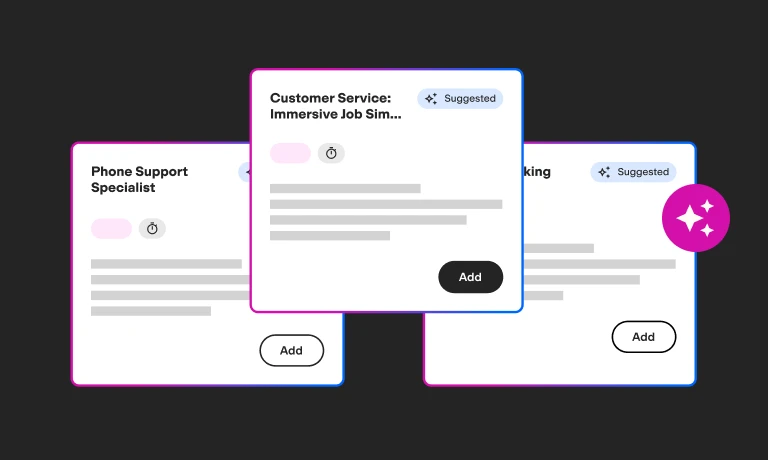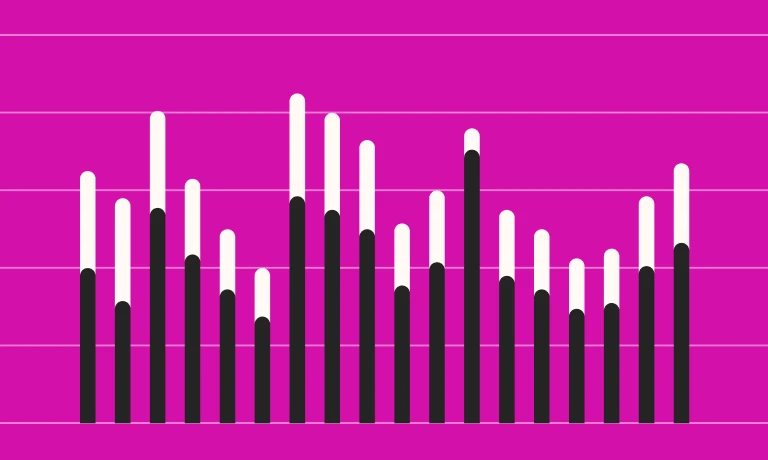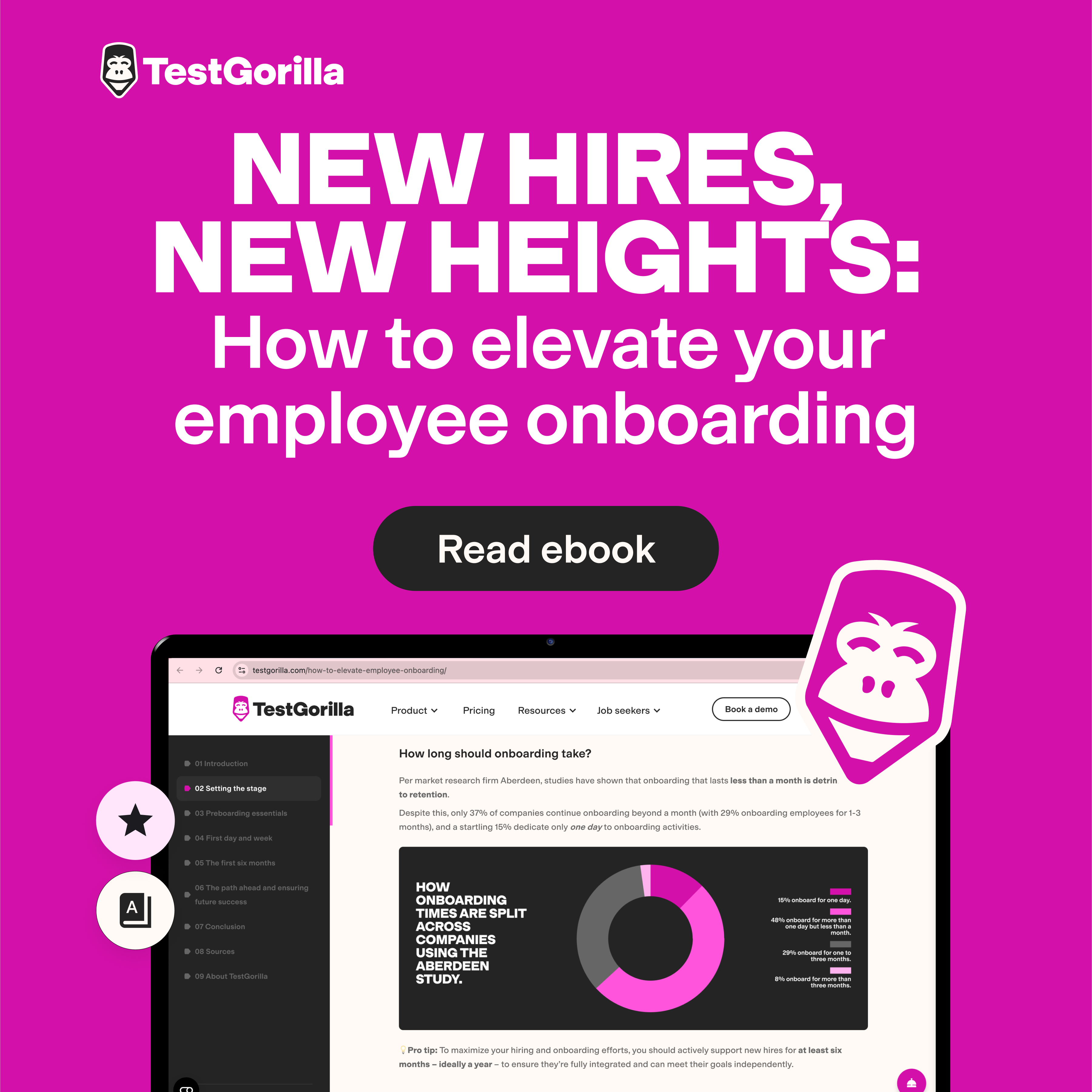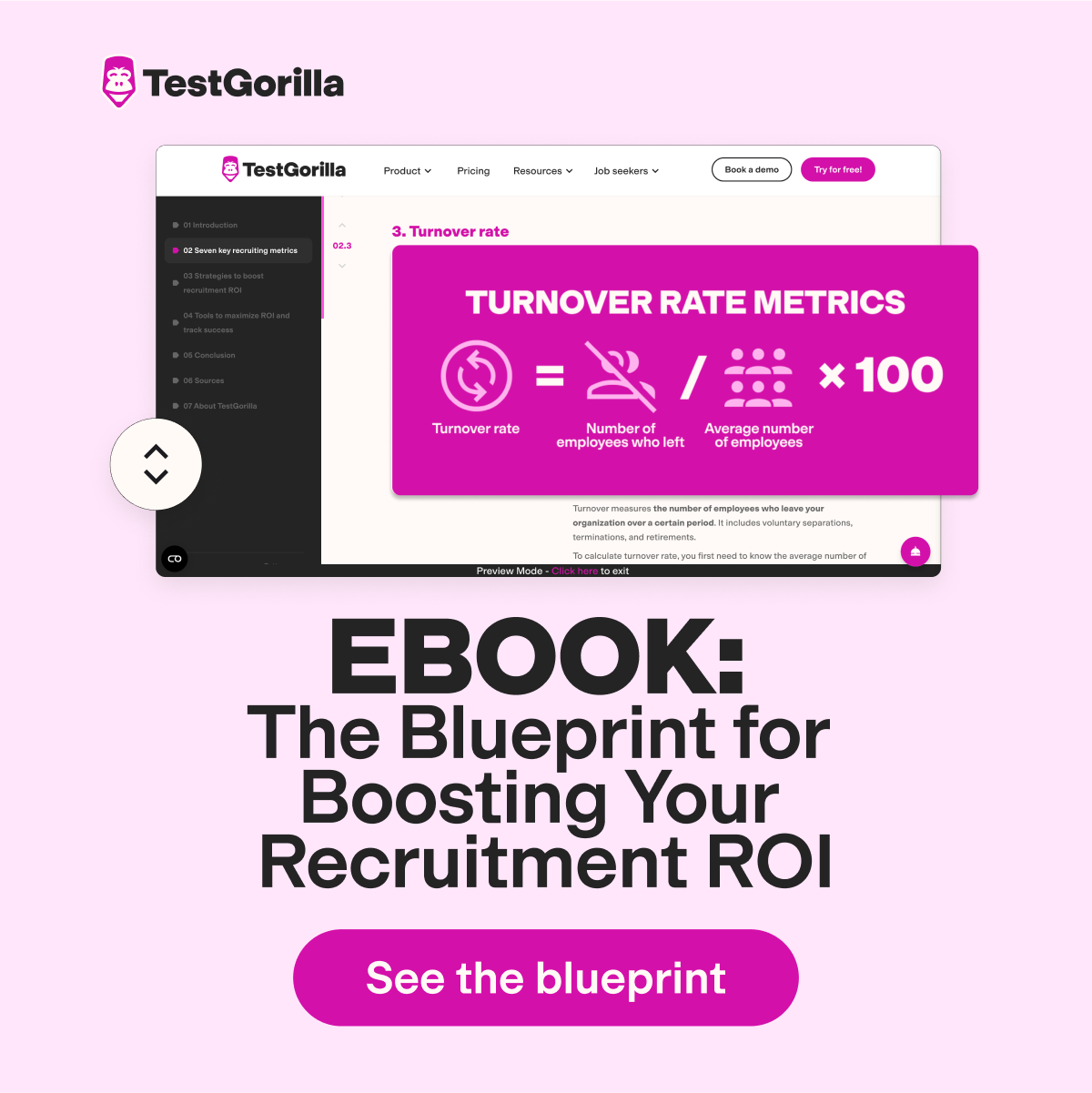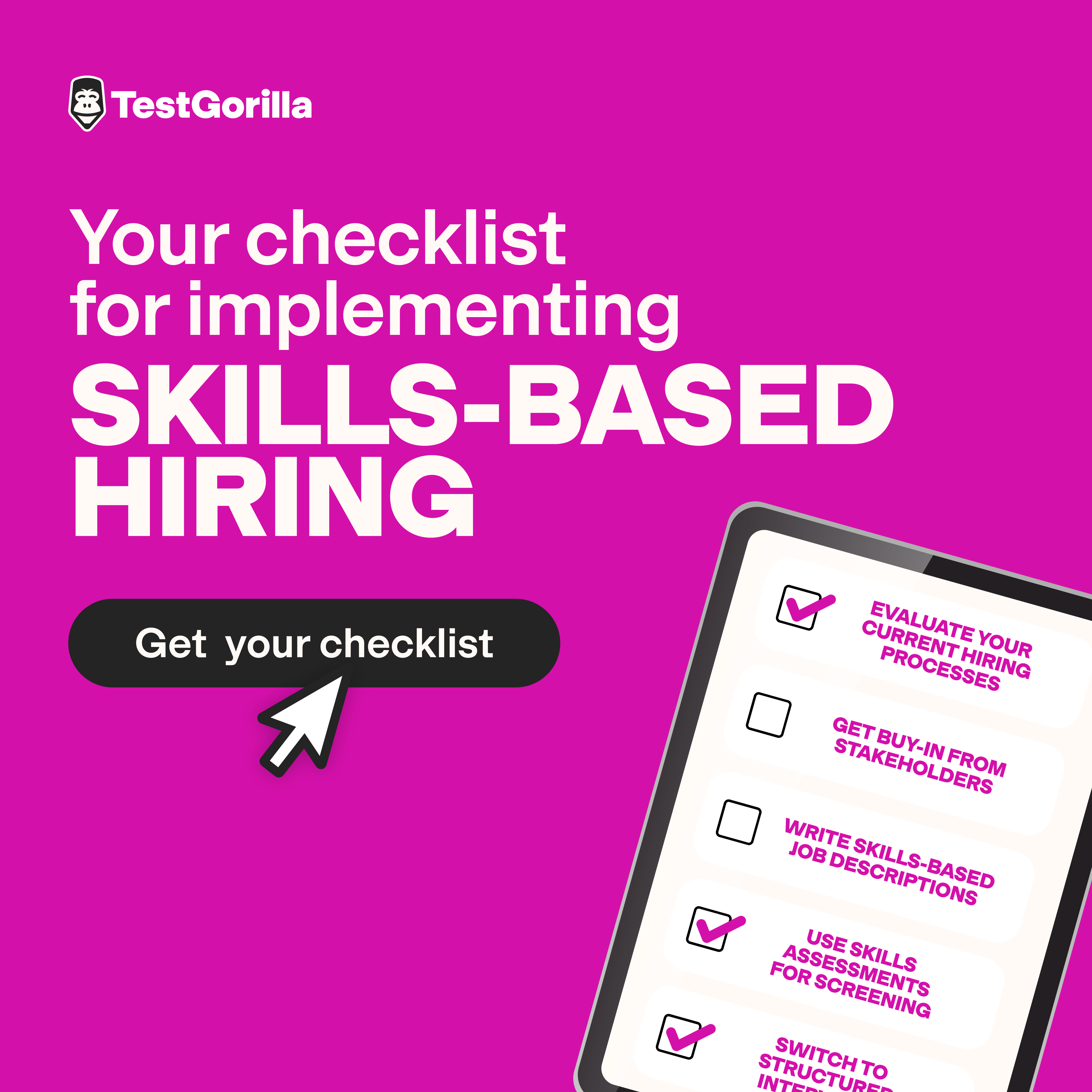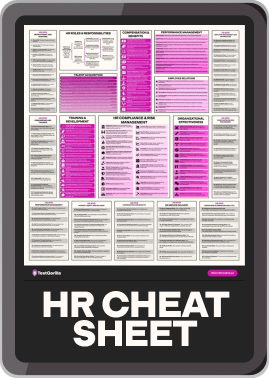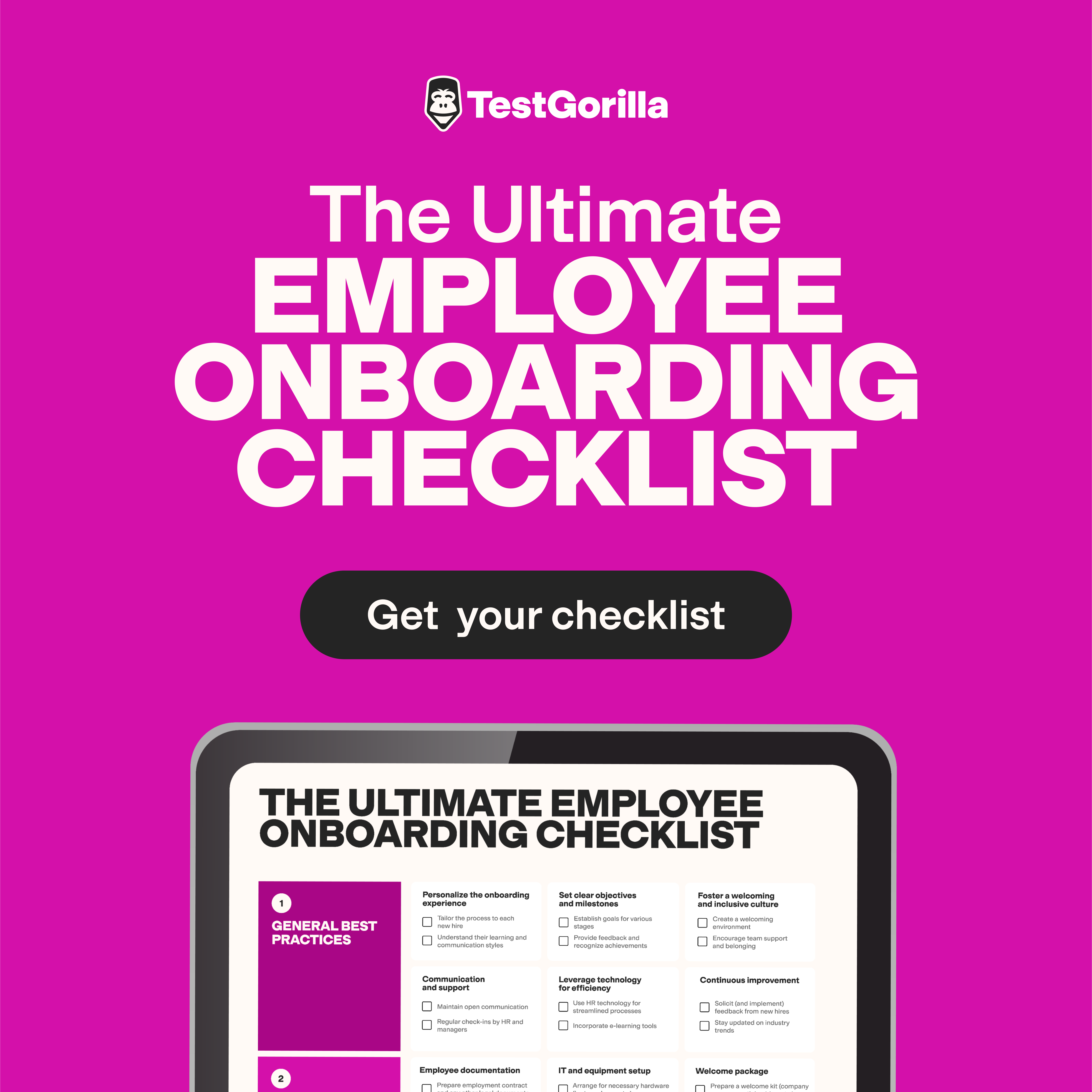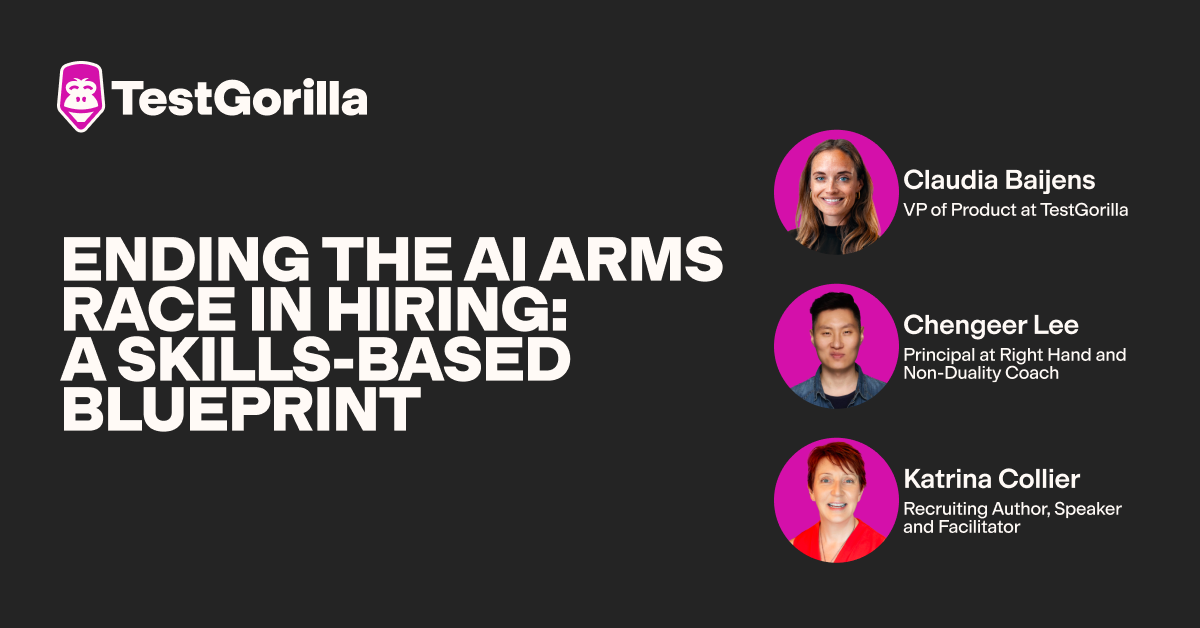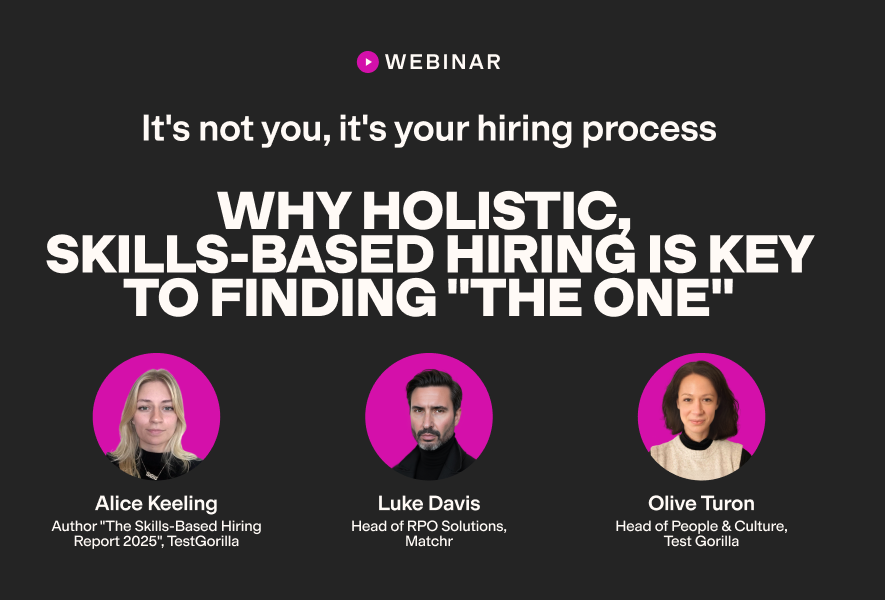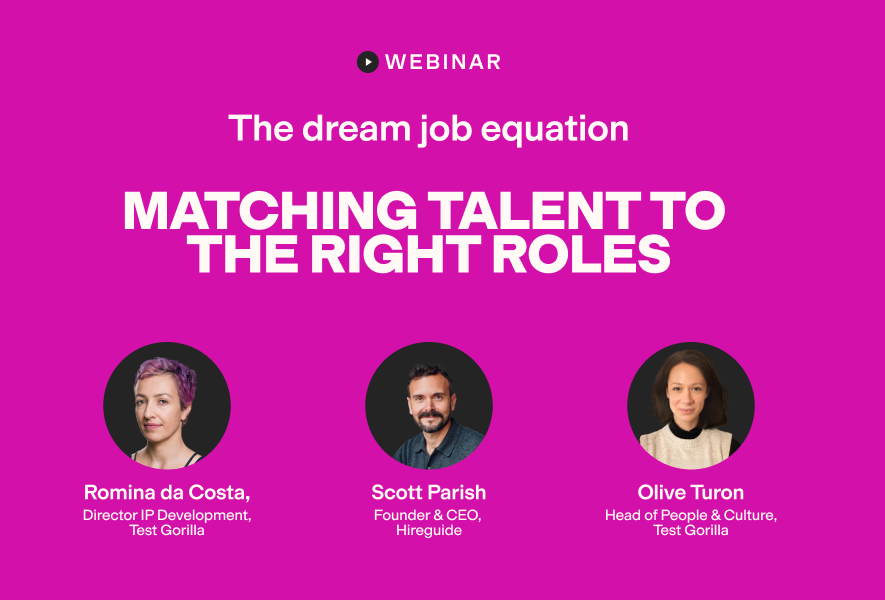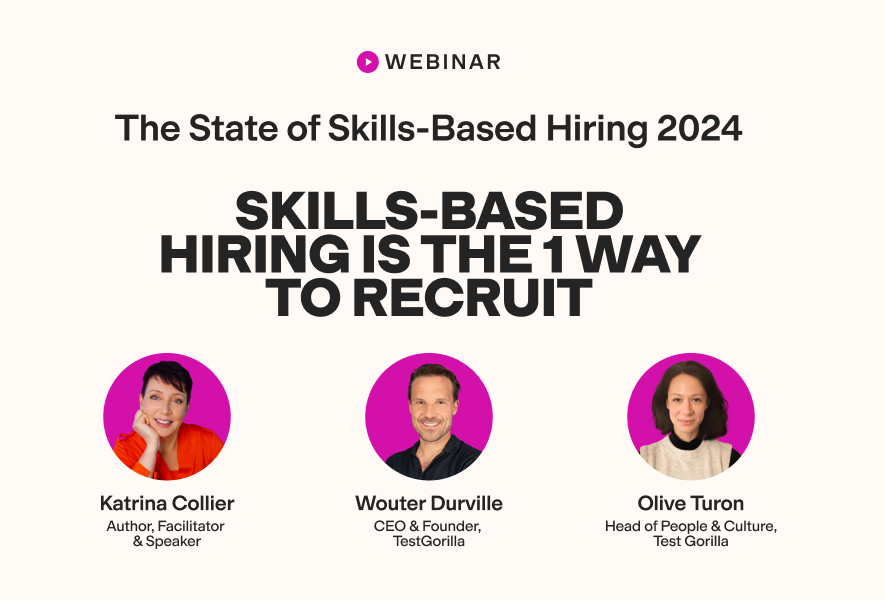What is coffee badging?
Coffee badging occurs when employees briefly appear at the office – long enough to grab a cup of coffee or be noticed by their managers and colleagues – before heading out to work remotely from home or elsewhere.
Frank Weishaupt, CEO of video conferencing company Owl Labs, coined the term for this workplace trend. The behavior has emerged as a response to the recent return-to-office mandates that require at least some, if not full-time, in-office presence.
A 2023 survey by Owl Labs found that over half of hybrid workers admit to being coffee badgers. However, a subsequent 2024 survey showed that workers getting caught coffee badging or being required to work from the office full time reduced this to 44%, which is lower but still significant.
Table of contents
Why do employees engage in coffee badging?
Here’s why employees, especially hybrid workers, have been coffee badging.
1. Work-life balance
After the COVID-19 pandemic, many employees have grown to appreciate the flexibility that comes with hybrid and remote work.
Coffee badging allows them to meet their targets while spending time with their families, completing errands, and engaging in hobbies.
2. Minimal in-person benefit
Some jobs – content writing and customer support, for instance – don’t require a physical presence in the office. When employees see little to no advantage in face-to-face interactions with colleagues and can accomplish the same tasks efficiently at home or elsewhere, they’re not incentivized to stay in the office longer.
3. Employer expectations
Many employers have stuck to traditional views that equate physical presence with productivity.
Some have mandated clocking in physically, while for others, it’s the expected office culture. In these scenarios, employees coffee badge as a compromise. They show face to satisfy their bosses or company rules, then leave to work from their preferred environment as soon as they can.
4. Culture of cynicism among employees
Employees often engage in coffee badging because they believe office requirements are more about controlling and monitoring staff than enhancing collaboration or productivity.
For example, a survey of more than 4,000 employees showed that only 20% believe their employer’s reasons for insisting on in-office presence. This indicates cynicism and distrust of company leaders’ true intentions.
How does coffee badging impact your business?
Companies can face several negative consequences when they’re not aligned with where employees want to work. Here’s how coffee badging can impact your business, particularly when employees do it as a tick-box exercise.
1. Erodes managers’ trust in their team members
When managers notice their staff members only come in to appear compliant without genuinely engaging in their work, they may be skeptical about employees’ overall commitment and productivity – even when the employees are dedicated to their jobs.
This can result in further trust issues where managers suspect their staff members’ work ethic – especially when working remotely.
2. Reduces productivity
Coffee badging wastes significant time commuting for only short periods of office presence. This is time that could have been spent engaging in actual work and connecting with colleagues in virtual meetings.
Moreover, switching between locations frequently in a short period disrupts workflow and focus, leading to potential mistakes. Likewise, coffee badging isn’t structured. Employees come and go as they please, reducing the chances that colleagues – who should ideally be connecting and collaborating – aren’t in the office at the same time.
3. Wastes money
As more hybrid employees engage in coffee badging, companies are paying huge sums of money for desks and office space that aren’t being used for most of the day. Eventually, it might stop making financial sense for businesses to maintain large offices.
The best insights on HR and recruitment, delivered to your inbox.
Biweekly updates. No spam. Unsubscribe any time.
4 ways to address coffee badging
Here’s how to address coffee badging and avoid the potential issues that come with it.
1. Roll with the punches through intentional scheduling
According to Frank Weishaupt, CEO of Owl Labs, coffee badging can enhance your workplace when done correctly and with good intentions.
The best way to achieve this is through intentional scheduling when designing your hybrid work models. Carve out specific times for teams to visit the office to collaborate, brainstorm, and benefit from mentorships. Beyond that, allow your team members to work on other tasks remotely.
This set-up helps workers maintain work-life balance, boosts collaboration and innovation, and ensures managers and teams are always aligned with working arrangements.
2. Hire employees who thrive even in remote or hybrid environments
Hiring employees who are self-motivated, conscientious, and accustomed to working in remote settings can diminish trust issues and eliminate forced face time – thus preventing the need for coffee badging.
A perfect way to hire this type of individual is through skills tests, personality assessments, and behavioral interviews. These help you identify candidates with the right qualities to thrive regardless of their physical location.
3. Prioritize results over face time
Reset your culture and coach your managers to emphasize employees’ performance and business outcomes rather than physical presence in an office environment. If employees are meeting their key performance metrics and the company is doing well remotely, reconsider whether you need workers to show face at all.
4. Be transparent about return-to-office requirements
Some jobs genuinely require in-person interactions and presence. For example, nurses can’t assist doctors and support patients remotely. Similarly, manufacturing or construction requires workers to conduct their tasks on-site.
Whatever your rationale, transparently communicate why in-person presence is necessary and outline its specific benefits (instead of using wishy-washy terms like “enhances collaboration”). This can help reduce cynicism and build trust between employees and employers.
FAQs
Looking for more information on coffee badging? Check out our answers to some frequently asked questions.
What's the difference between office peacocking and coffee badging?
Office peacocking is a strategy employers use to make their offices appear more attractive and appealing so they can encourage employees to come into the office. Coffee badging, on the other hand, is when employees make brief appearances at the office just to show their faces or grab a cup of coffee before leaving to work remotely.
Is coffee badging bad?
Coffee badging isn't necessarily bad. It reflects employees’ desires for flexibility and work-life balance and only becomes toxic when the intention is to trick employers. Companies can avoid these challenges by becoming more intentional, meaningful, and transparent when scheduling office hours.
You've scrolled this far
Why not try TestGorilla for free, and see what happens when you put skills first.


